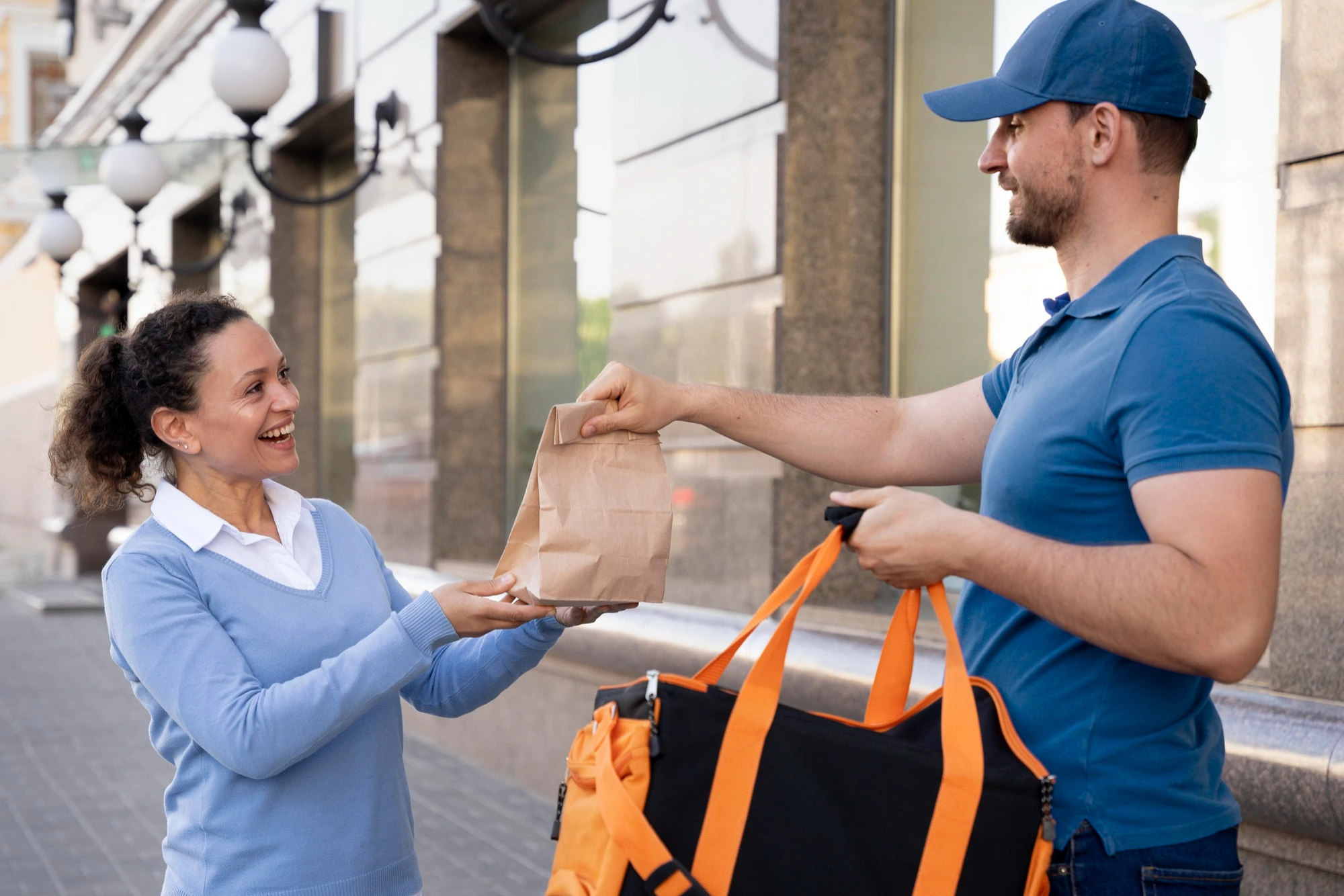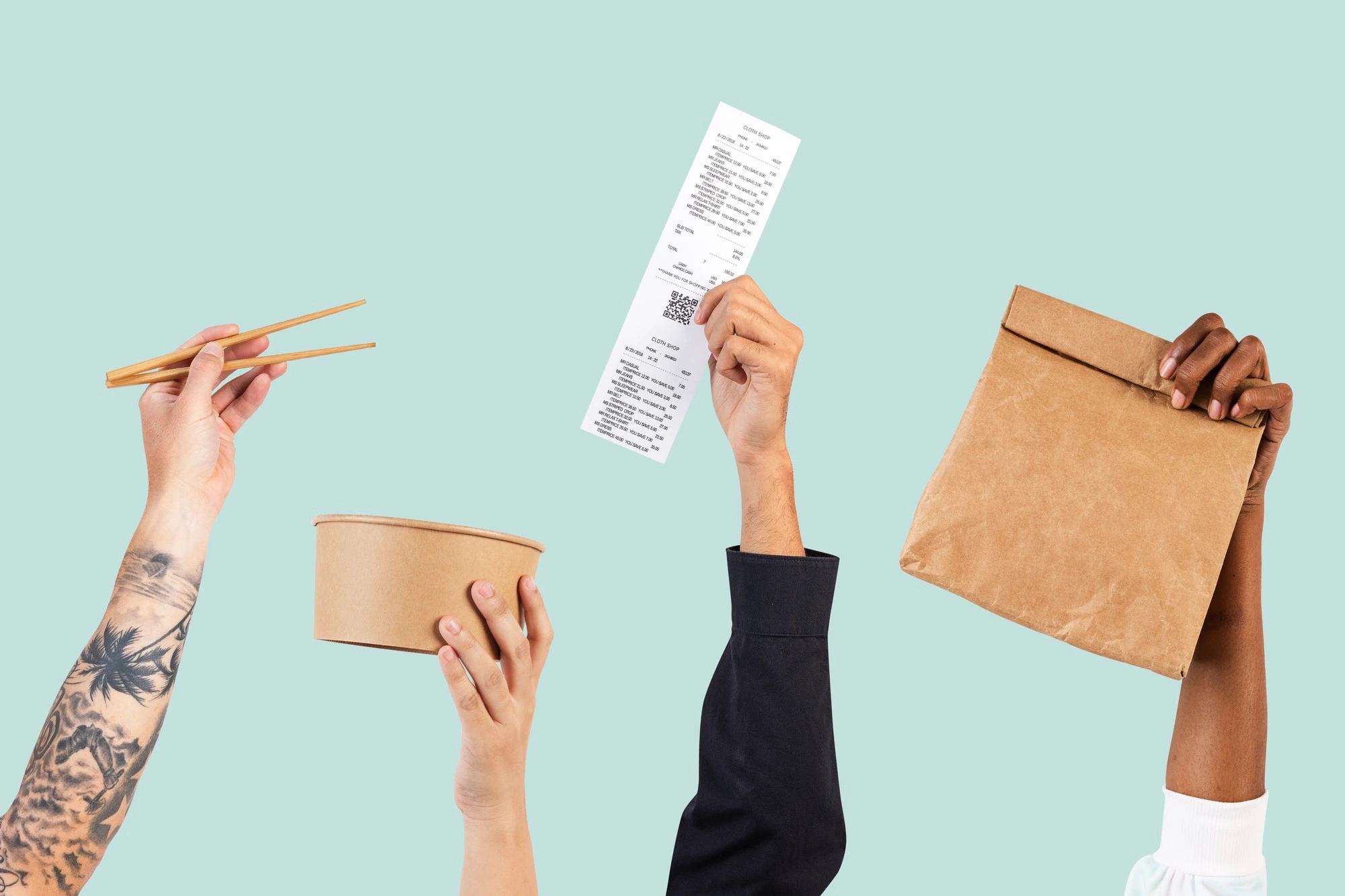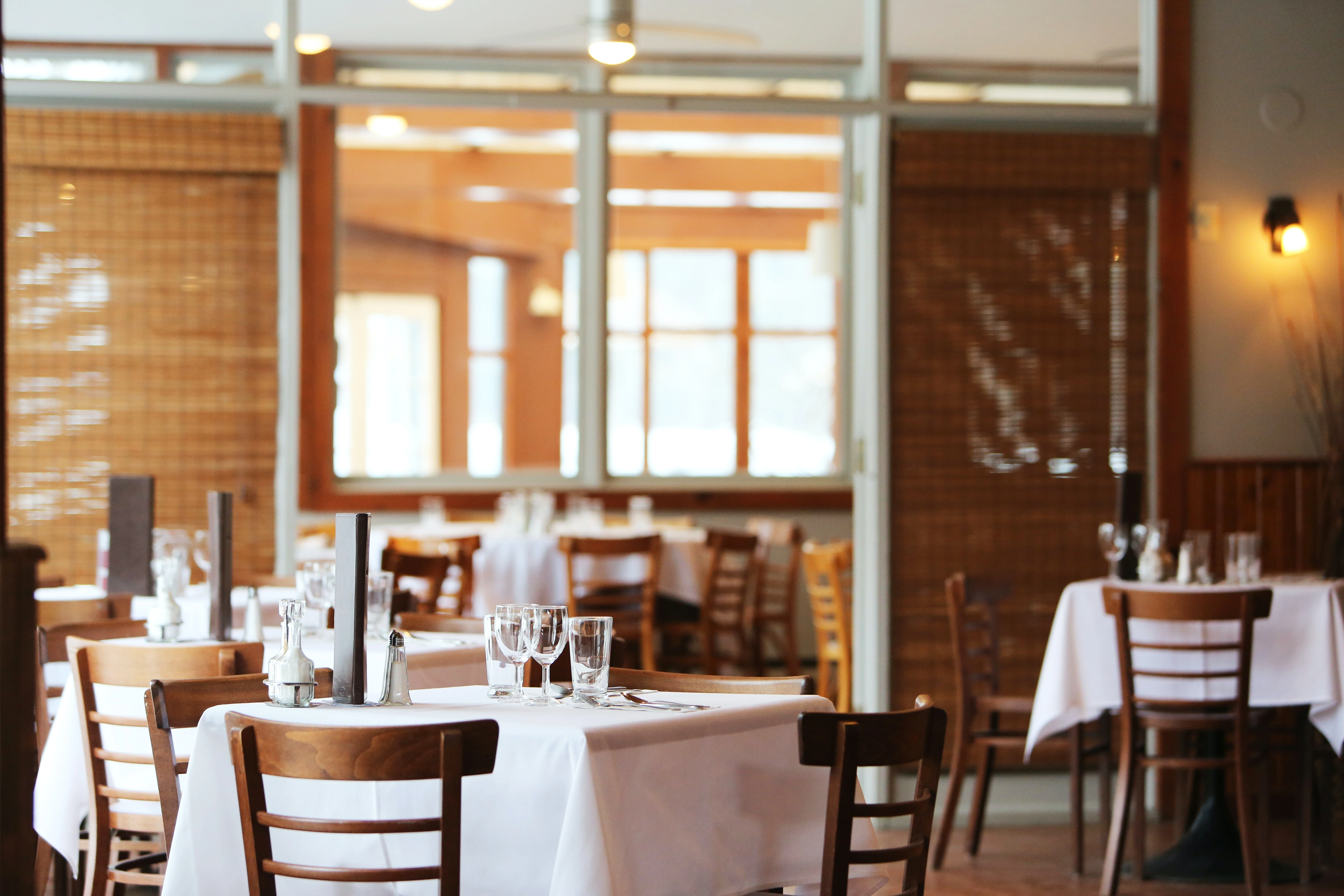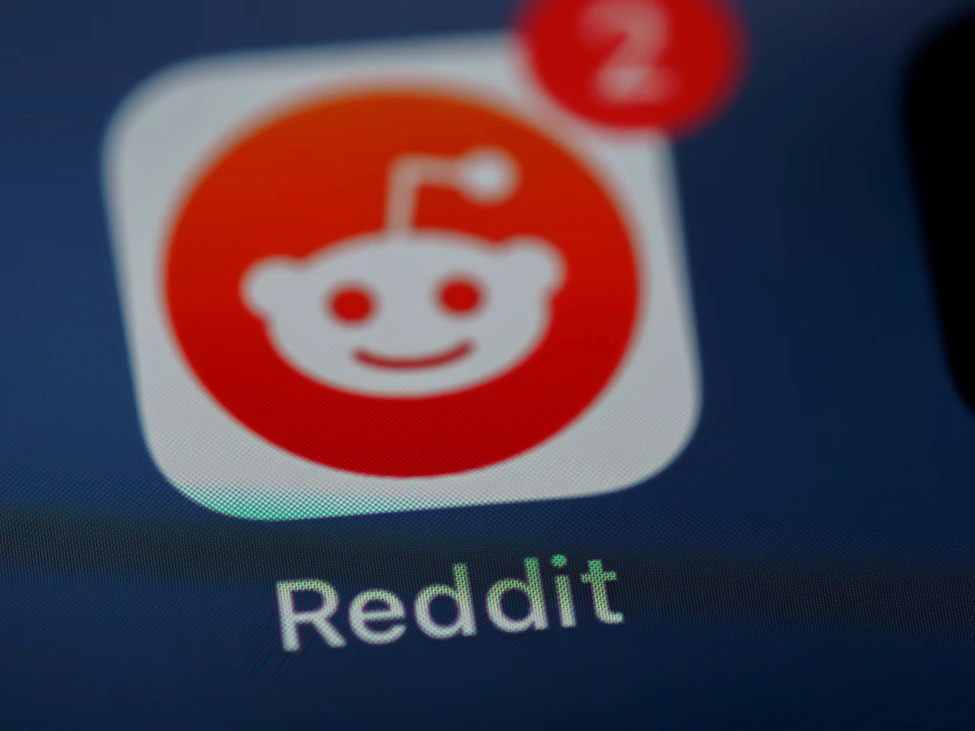Over 217 million Americans are now tapping their phone screens to get meals delivered to their doorstep. The sudden burst of demand has certainly lit up the eyes of restaurant owners. After all, it’s a whole new way to boost their sales. But it’s not without its challenges. Those big-shot delivery platforms are taking hefty commission fees. It’s no wonder that many smart restaurateurs create their own delivery systems to adjust pricing and satisfy other business objectives.
As these dynamics continue to shift, you are most likely to witness that growing demand for accurate, dependable data. So, in this article, we’ll show you how your business can benefit from restaurant data analysis.
Why is restaurant data scraping important?
Even though the online food delivery industry is estimated at over $1 trillion, it’s expected to show an annual growth rate of 12.67%. So, more people will turn to online platforms for their meals. If you haven’t tapped into the online meal delivery service or would like to boost its success, restaurants data scraping will help you get actionable insights. As you reveal customer ordering patterns, preferred delivery times, and favorite cuisines, you’ll always be in tune with your audience’s desires.
Better trend tracking
Consumer trends in the food industry are ever-changing. With data scraping, you will keep track of these shifts in real-time, be it emerging cuisine trends, dietary preferences, or delivery demands. This will help you adapt quickly and stay relevant to your customers.
Competitive advantage
Are you looking for ways to compete with giants like Grubhub, Uber Eats, and DoorDash, which together command over 70% of the market share? Data scraping will reveal valuable insights about these and other rivals. You’ll get a view of their pricing strategies, promotional offers, and customer reviews. With these insights at hand, you’ll identify gaps in the market, adjust offerings, and strategically position yourself against competitors.
Improved customer experience
Did you know that 32% of customers will stop doing business with companies after one bad experience? What’s more, 59% of respondents say that they will say goodbye to their favorite brand after several poor experiences. Customer loyalty is something you should earn, and nothing can do a better job than quality interaction with your consumers. As you run data analysis for restaurants, you get a deeper understanding of customers’ preferences to deliver the level of service they want. In addition, you may gather feedback to personalize your marketing effort or tailor communication.

Which food delivery data can be scraped?
Scraping restaurant and food delivery data means extracting large amounts of data from various online sources. These sources can range from restaurant websites, food delivery platforms, social media sites, review platforms, and more.
The food delivery data you can scrape encompasses a wide variety of information:
- menu items and descriptions
- pricing information
- promotional offers
- order frequencies
- peak ordering times
- menu images
- delivery times
- customer reviews and ratings
- customer preferences and behavior
- location data
- working hours
- dietary and cuisine trends
- social media mentions and sentiment
- customer service interactions
- app download and usage statistics
The great thing about data scraping is that you do it automatically using special tools. These scrapers collect information quickly and efficiently. You can program this tool to extract the required data in a structured format, such as a CSV or Excel file — so that it is ready for immediate analysis. Once you scrape restaurant and food delivery data, you can further clean, convert, organize, and analyze it.
Use cases of web scraping food delivery data
Pricing optimization
Web scraping provides a way to collect details like discounted rates and menu prices from competitors’ listings. Here’s a simplified process to optimize your pricing based on the market rates.
- Define the product in your menu you want to benchmark against market rates.
- Pinpoint key direct competitors who sell similar products to a similar audience.
- Don’t forget your indirect competitors, those targeting your audience but with different offerings.
- Use customer surveys, keyword research, and social media or forums to recognize both direct and indirect competitors.
With pricing data on hand, you can decide on the pricing strategy that will be the most beneficial for your restaurant. The most challenging part of this is to strike a balance — overpricing might lead to missed sales while underpricing could result in lost revenue.
However, don’t focus solely on price competitiveness. Consider the customer’s perception of your brand’s value, too. For instance, some customers are willing to pay a premium for brands that offer greater value.

Menu optimization
Would you like to introduce new dishes, tweak existing ones, or remove underperforming items from the menu, but lack information to support your decision-making? Web scraping will help you create a well-optimized menu for your customers.
- Collect information about order frequencies to identify which dishes are favorites among customers and which ones are not performing as expected.
- Scrape data to reveal patterns in customer preferences, such as favored cuisines, dietary choices, or preferred meal times.
- Identify new food and dietary trends to adapt your menu accordingly and stay relevant in the market.
Demand forecasting
Restaurants and food services account for 26.5 lbs (12 kg) of food waste per person in the whole food supply chain. Web scraping comes as a rescue to the food-wasting problem and other issues associated with fluctuating meal demand.
- Reveal data on order frequencies to find out when demand peaks and troughs occur. This way, you can prepare for busy periods and have sufficient staff and inventory on hand.
- Identify your busiest periods by analyzing data on peak ordering times to aid with workforce planning.
- Estimate future sales to avoid overstocking or understocking, and thereby reducing wastage and costs.
Conclusion
Whether you’re a restaurant owner seeking to enhance your offerings, a manager aiming to improve operational efficiency, or a decision-maker looking to gain a competitive edge, web scraping of a database for a restaurant and other sources will help you achieve your goals.
At Nannostomus, we are happy to help you leverage data to your advantage. We will collect data for you and resent it in the desired format, so you can immediately make conclusions and act. But if you would like to have an in-house scraping tool to extract information on demand, we’ll gladly share the Nannostomus scraping engine with you. Contact us to learn how our company can help you get quality meal delivery and restaurant data.




